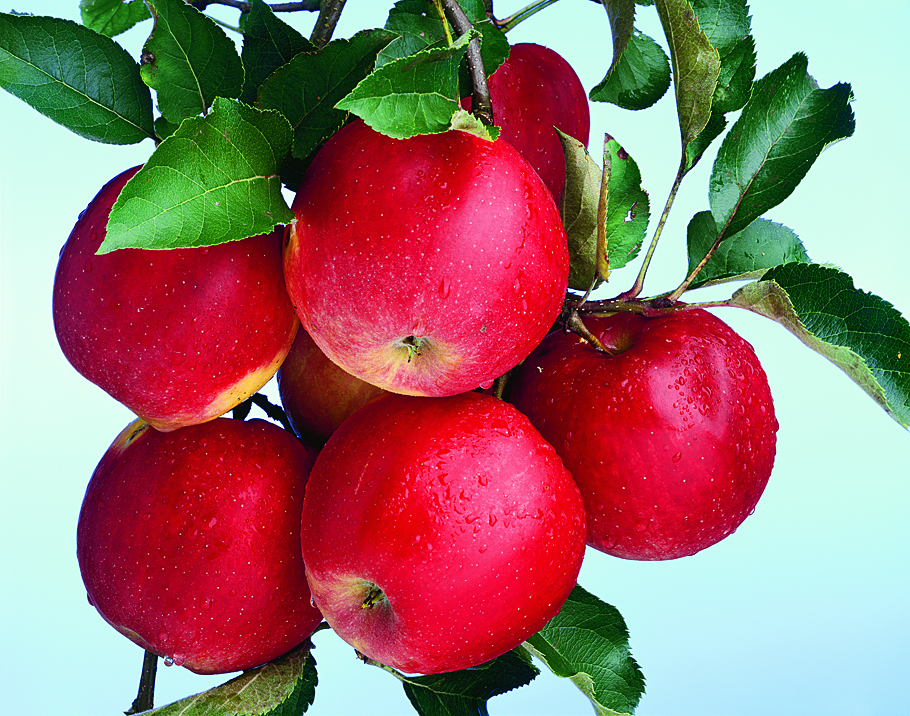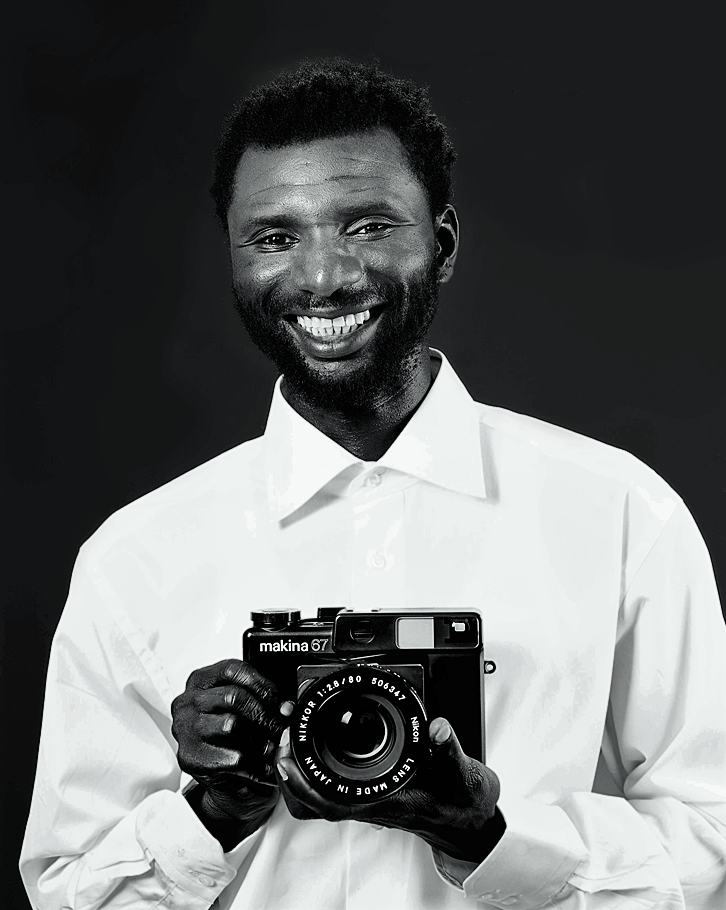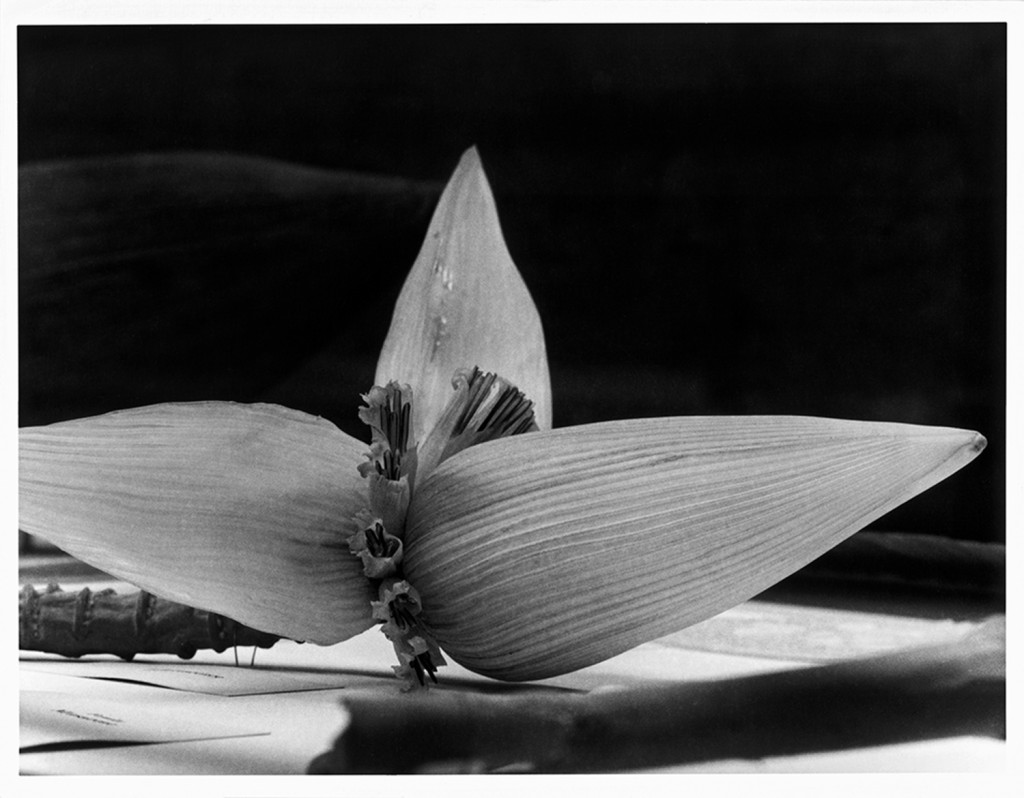Christopher Williams: The Production Line of Happiness
by Alexandra Kadlec
A cutaway dissection of a Nikon camera; a cluster of dewy bright red apples; a close-up of a Death Feigning Beetle on its back. These are a few of the composed images within Christopher Williams: the Production Line of Happiness, currently on view at the Art Institute of Chicago. Derived from a line in a 1967 Jean-Luc Godard documentary, in which an amateur filmmaker compares his daily job as a factory worker with his hobby of editing his films of the Swiss countryside as “the production line of happiness” – the title’s meaning here is transferred upon the role of photography in consumer culture today. Williams’ work has long critiqued commercial photography and questioned photojournalistic conventions. This exhibition, the artist’s first retrospective spanning a now 35-year-long career, is no exception.

There is something about these photographs that distances their initial immediacy. Some are black and white, with passages of rich color injected throughout; others are typical of advertorial – glossy, eye-catching, and seemingly devoid of deeper meaning. Still others – architectural interiors, shops, and domestic objects – are mechanical, mundane, architectural, and cold. However, upon a closer look, an incredible attention to detail is revealed; a certain richness abounds in them, enticing and mesmerizing us, becoming strangely beautiful before our eyes.
In Mustafa Kinte (Gambia) from 2008, a man gazes at us with a camera held in his hands, turning the tool around on us as though we were the object, and not the viewer. Indeed, cameras as the primary subject of the work show up frequently throughout the exhibition, as if Williams were reminding us not to take the images we see at face value, to constantly be on the lookout for something more. And impulsively, we do. We search for cohesion among the vast collection of images, yet the aesthetics remain so smooth, the processing so similar and un-variegated, that the range of subjects becomes evermore a question, avoiding a predictable solution. Williams takes the objects we take for granted as his undying subject, transforming them through an excess of the vernacular into states that are foreign, unknown.

In a piece entitled Angola to Vietnam (1989) in the lower galleries, which was also included in This Will Have Been: Art, Love & Politics in the 1980s, at the Museum of Contemporary Art in 2012, a series of twenty-seven glass flowers are depicted. Upon further research, one would find that these “specimens,” selected from Harvard University’s Peabody Museum, are all replicas native to countries in which state-sponsored murders occurred in 1984. By affixing the country of origin above each flower’s Latin name, the government-sanctioned atrocities are solely referenced via the science of botany, further recalling a history of international trade exploitation.

Beyond the conceptual content on view in the three separate dedicated galleries, Williams challenges the parameters of the exhibition space through the use of vinyl “supergraphics” – texts printed on brightly colored backgrounds – as well as display architecture, function as interventions throughout the entire museum. This dispersal of language and object seems to complicate rather than explicate our understanding of the exhibition as a whole. The apparent simplicity and straightforwardness of the images becomes an intricate undoing of seemingly perfect and easy to digest images – they are abnormally flawless, forever a symbol of the image rather than the thing itself.
In The Production Line of Happiness, the potentials of the images and objects portrayed are never found in the immediate moment. Instead, Williams challenges his viewers to invest themselves in and beyond the initial experience. What we are left with is an unanswered question, urging us to extend the search to uncover potential riches beneath images of the seemingly ordinary.
Christopher Williams: the Production Line of Happiness runs at the Art Institute of Chicago through May 18, 2014.